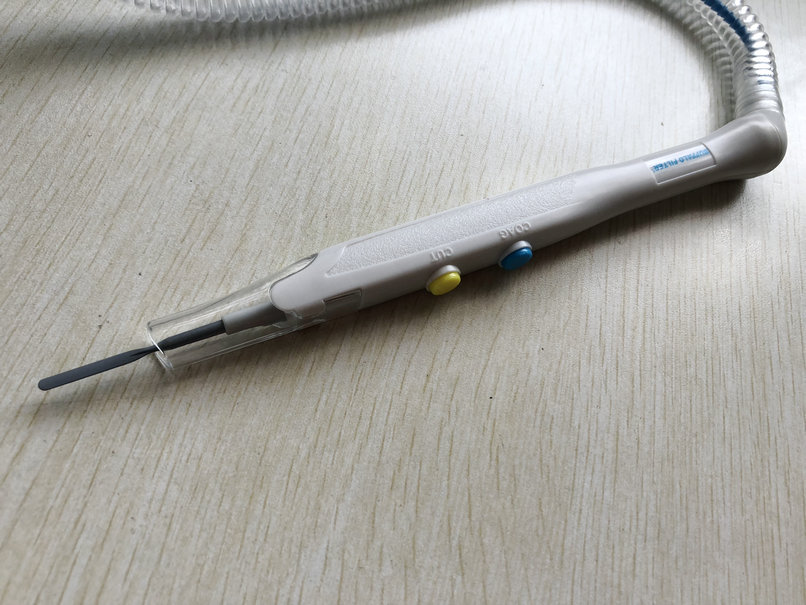Introduction
A Multi-functional operational dissector is an essential tool in the field of surgery. This versatile instrument is designed to aid surgeons in dissecting tissues, manipulating organs, and controlling bleeding during surgical procedures. With its various features and capabilities, the multi-functional surgical dissector plays a crucial role in ensuring the success of surgical operations.

Versatility
One of the key advantages of the multi-functional surgical dissector is its versatility. This instrument is equipped with multiple functions that allow surgeons to perform a wide range of tasks with precision and efficiency. Whether it is dissecting delicate tissues, grasping and manipulating organs, or cauterizing blood vessels, the multi-functional surgical dissector is designed to meet the diverse needs of surgical procedures.
Precision and Control
Precision and control are paramount in surgery, and the multi-functional surgical dissector is designed to provide surgeons with the ability to perform intricate maneuvers with accuracy. The instrument is equipped with ergonomic handles and fine tips that allow for precise tissue dissection and manipulation. Additionally, the ability to control bleeding through cauterization further enhances the surgeon’s ability to maintain a clear surgical field and minimize blood loss.
Safety
Safety is a top priority in surgery, and the multi-functional surgical dissector is designed with safety features to minimize the risk of complications during surgical procedures. The instrument is constructed with high-quality materials that are durable and resistant to corrosion, ensuring that it can withstand the rigors of surgical use. Furthermore, the design of the dissector includes features such as insulated tips and ergonomic handles to reduce the risk of accidental tissue damage and surgeon fatigue.
Efficiency
In addition to its versatility and precision, the multi-functional surgical dissector is highly efficient, allowing surgeons to streamline their workflow and optimize surgical outcomes. The instrument’s ability to perform multiple functions reduces the need for surgeons to switch between different tools, saving time and minimizing disruptions during procedures. This not only enhances efficiency in the operating room but also contributes to improved patient outcomes.
Conclusion
The multi-functional surgical dissector is an indispensable tool for surgeons, offering versatility, precision, control, safety, and efficiency in the performance of surgical procedures. With its multifaceted capabilities, this instrument plays a vital role in ensuring successful surgical outcomes and ultimately improving patient care. As technology continues to advance, the development of new features and enhancements for multi-functional surgical dissectors will further contribute to the evolution of surgical techniques and practices.





